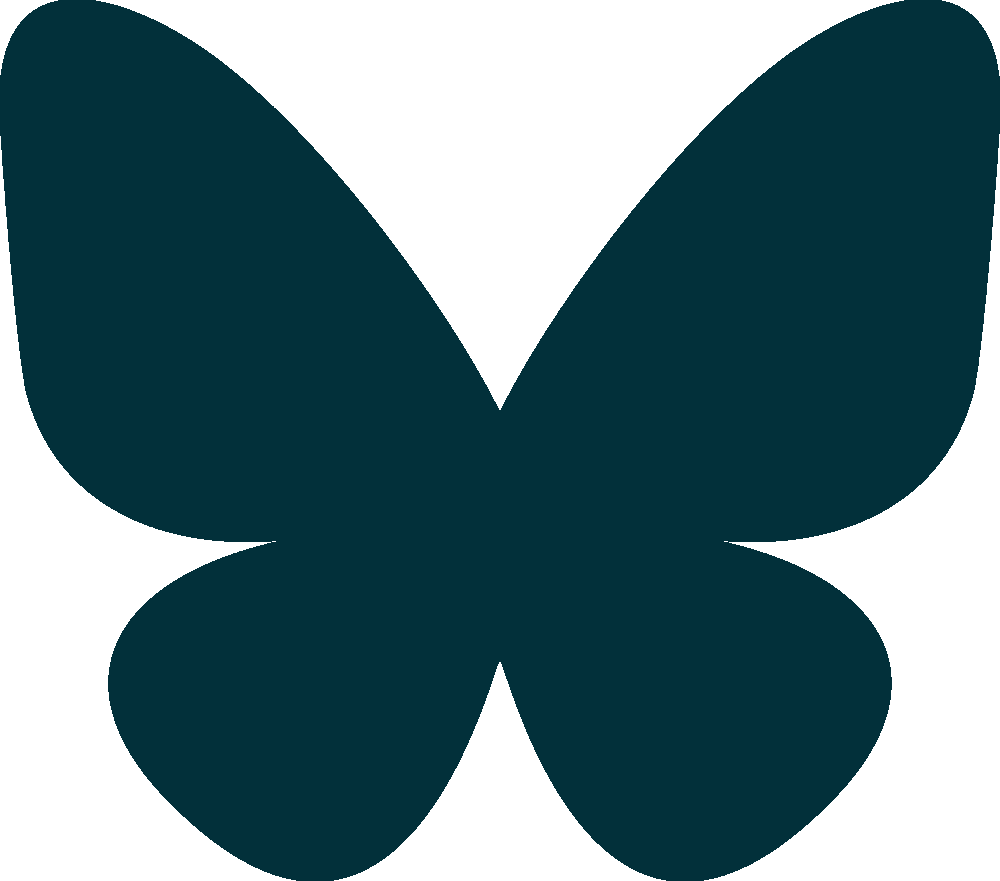How to Create an Alien Ecosystem
Part 1: Planning Your Alien Ecosystem
I recently had a couple of conversations with two of my clients, entirely independently of each other, about putting alien species into their fantasy worlds. Both have alien worlds that they're working on, and both started out by filling them with 'Earth' species - foxes, dragonflies, cobras, and so on. Later, they both realised that Earth creatures wouldn't appear on their alien planets, as neither world has any contact with Earth.
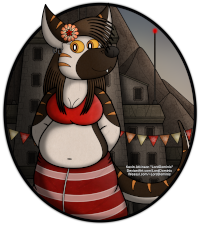
This is completely understandable. Most writers of fantasy or sci-fi worlds start out by filling them with recognisable creatures while they work on the culture and the storyline they'll be writing. Why wouldn't they, when the overall task of worldbuilding is so huge and daunting? When my two clients felt ready to tackle this aspect of their worlds, they both felt overwhelmed. How on Earth - no pun intended - do you go about designing a whole world of alien species?
So I decided to take that journey too, and show you how I'd do it. The first thing to do is organise the overall structure of your ecosystem. I'm going to show you how to do this using the taxonomy applied to animals on Earth by naturalists. I'll start with Kingdoms (as in, the Animal Kingdom) and work my way down through my Chordates (creatures possessing a notochord. This mainly defines a certain body structure for animals), Classes (the level of classification for mammals, birds, reptiles, etc.), Orders (primates, rodents, birds of prey, etc.), Genus, Families (cats, bears, etc.), and Species (lion, red panda, koala, etc.).
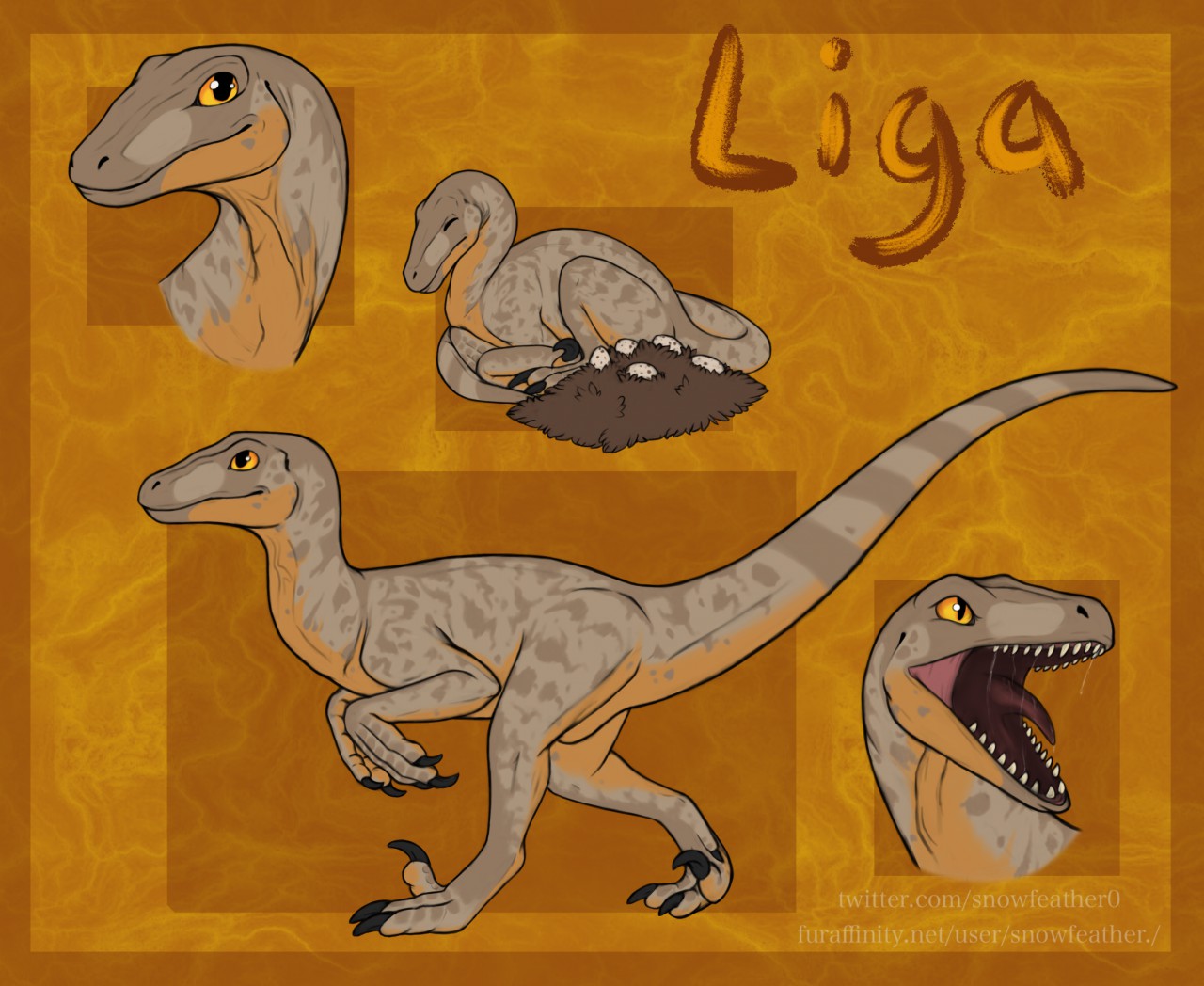
This is going to generate a lot of information for us to work with, so to keep things manageable I'm going to narrow my focus as we go; we'll end up with a reasonably well developed section of the ecosystem and one completely finished species, plus enough information to create as many more species as we like with ease. Want me to personally guide you through the process? I offer a consultation service where we can work on your own ecosystem and make them as weird or familiar, ugly or cute, as you like!
Before we start, I want to quickly mention end results. If you already know what end result you want - say, aliens that are essentially Earth species with a fantasy/sci-fi twist - then this tutorial can work with that too. I'll mention this again at key points to help you get the end result you're looking for.
With all of that said, let's get started!
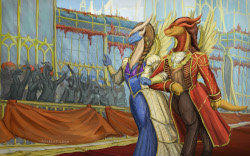
How We're Going to Keep Things Organised
Taxonomy, which I mentioned above, is the discipline of organising living creatures into a system. That's what we're going to use for this tutorial, and we're going to work our way downwards, starting from Kingdom and finishing at Species. Here is Wikipedia's entry about it, in case you want to see how it's organised for yourself.
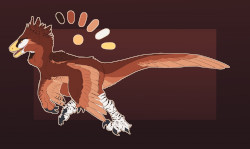
Kingdoms
We're going to start by looking at the five Kingdoms:
- Animalia (animals, of course)
- Plantae (plants!)
- Fungi (you don't need me to translate that one, do you?)
- Protista (you could call these "primitive forms". It means plankton and similar life-forms)
- Monera (single-celled organisms)
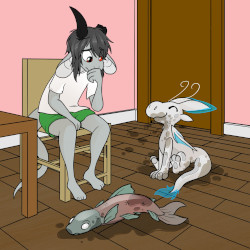
I'm going to guess that most of you want to work on your animals before anything else, since that's where the 'sexy' vertebrates (the "charismatic megafauna" in ecologist-speak) are - the tigers, the foxes, the dragons. I will make a tutorial like this one for plants and fungi, in case you want those in your world too. Watch this space, or my overall blog, for a link, but in the meantime, if you want to work on those with me now, email me!
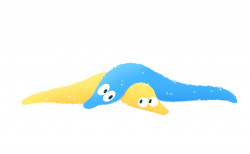
But for now, let's dig deeper into Animalia. On Earth, animals are classified into 35 Phylums (or Phyla). Feel perfectly free to check out a full list, but I'm going to stick my neck out and guess that most of you won't be interested in the majority of these; nematode worms don't tend to inspire people like big cats do.
Anyway, let's return to Animalia. The Animal Kingdom can be broken down into multiple Phyla, and you can find a full list of these in the link above. Out of that list, let's focus on Chordata, since it's the best-known Phylum. It can be divided into three Subphyla:
- Lancelets (which most of us would probably write off as fish)
- Tunicates (sea-squirts and salps)
- Vertebrata (animals with a spine)
I'm going to guess you're most interested in Vertebrata because that's where most of the animals we're familiar with are classified! So let's break that Subphylum down into the Classes within:
- Mammalia (Finally! Hello mammals!)
- Aves (birds)
- Reptilia (reptiles)
- Amphibia (amphibians)
- Osteitchthyes (bony fish)
- Chondrichthyes (cartilaginous fish)
- Agnatha (jawless fish)
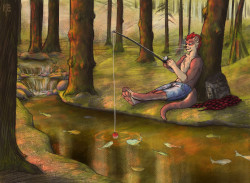
The last three Classes tend to collectively described as 'fish' by most people. Like I said before, if you guys want to focus on other parts of the biological taxonomic system, either use this process to work on them or email me and we can look at them together. But for most of you, I'm guessing that your vision of the aliens in your world involves vaguely mammalian, reptilian, or avian creatures.
So let's shorten this list to combine the three fish Classes into one, and then look at what defines each Class - what a mammal is, what defines a bird, etc. There isn't much to define each of these - it's not accurate to say that all mammals have four limbs, because dolphins have two (their hind limbs evolved away). It's not accurate to say that amphibians live in water and on land, because seals do the same. The few defining traits of each Class are:
- Mammals: warm-blooded, live-bearing (usually), milk secretion in females, possession of fur or hair (usually)
- Birds: warm-blooded, hard-shelled egg-laying, possession of feathers, possession of a beak (but some non-birds have beaks too)
- Reptiles: cold-blooded, soft-shelled egg-laying, possession of dry, scaly, skin which they shed
- Amphibians: cold-blooded, aquatic larval stage with gills followed by land-living adult stage with lungs, possession of water permeable skin which they shed
- Fish: cold-blooded, possesses gills, fully aquatic
As you can see, even when we try to establish set-in-stone rules for what makes a mammal, bird, reptile, amphibian, or fish, there are exceptions. The above is a workable set of traits because they're either always true or mostly true. Tip: do not try to add more definitions to the above. There are only three or four definitions per Class and that keeps things simple. We need simplicity at this point.
Now let's create five Classes of our own by switching the above listed characteristics randomly around. Let's say...
Class 1: warm-blooded, egg-laying, possession of bare skin
Class 2: cold-blooded, live-bearing, possession of feathers (or something similar to feathers)
Class 3: combination of warm-and-cold-blooded (because yep, some animals are somewhere in between!), egg-laying, possession of fur or hair
Class 4: warm-blooded, possesses gills, fully aquatic
Class 5: warm-blooded, live-bearing, aquatic larval stage followed by land-living adult stage (let's keep this interesting and have them not develop lungs), possession of fur or hair.
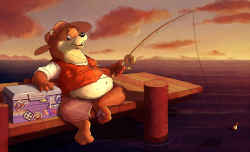
Case study 1: I worked on this process with JuimyTheCyberShark. He disliked randomly assigning qualities to each Class so wrote a full list of all the possible combinations instead. By the time we started working together he had twenty Classes, which was many more than we needed. We started again from scratch and developed five, but if you would prefer to list all possible combinations too, then you might prefer to do that and then remove all but five.
Juimy and I had a second issue with our five Classes: three of them bore exactly the same combinations of features as Classes of Earth animals, so three of them were indistinguishable from mammals, birds, and fish. If we had continued working on these, creating a distinct and unique alien ecosystem would have become much harder. You may wish to avoid this by reviewing the list of traits your alien Classes have, and adjust any that exactly match Earth Classes so that at least one trait is different for each.
And now the foundations of our ecosystem are done. I'm going to give my Classes names, but if you are happy to leave them as Class 1, Class 2, etc., then that's fine. In part 2 we're going to take one step down the taxonomic ladder and create potential for our alien species!
Naming Your Classes (and Writing Blurbs for Them)
I'm going to give my Classes acronyms based on the features we've assigned them, and make workable names out of them:
Class 1
Warm-BloodedEgg-LayingPossessionofBareSkin
Warm-
Blooded
EggLa
ying
Possessionof
Bare
Skin
WaBELaPoBaSk
Wabelopobask
Hmm. Wabl'o Poba? Okay then, let's go with that! If I were to describe the wabl'o poba group, I'd say:
The wabl'o poba is a broad group of warm-blooded creatures. They mainly have bare skin, although this varies greatly from one species to another. They can be smooth, rough, or wrinkled, and have thick 'warts', bumps, or horns. The vast majority of species live on land and lay hard-shelled eggs.
Okay, I'm happy with that. It's not a huge mount of information but that's okay: we'll use this broad description later to help us in part 2. Let's move onto the next!
Class 2
Cold-BloodedLive-BearingPossessionofFeathers
Cold-BloodedLive-BearingPossessionofFeathers
CoBLiBePoFea
Coblibepofea
How about... Cob'li po-fea? Sounds interesting to me! I'd broadly describe the cob'li po-fea like this:
This is a group of primarily live-bearing, cold-blooded species. Most have feathers, although these vary greatly from one species to the next: depending on design, these feathers assist with flight, gliding, or assisted ruddering while running; short-quilled ones that act like rough fur, smooth ones for a semi-aquatic lifestyle, and decorative ones for display.
Okay, good! Now for Class 3...
Class 3
WarmColdBloodedEgg-LayingPossessionofFurorHair
Warm
Cold
Blooded
Egg
Laying
Possessionof
FurorHair
WarColBEgLaPosFur
Warcolbeglaposfur
War'col begla - I'll go with that! So, what can I say about my war'col begla?
The war'col begla is a widely-varying group. They have fur - everything from rough, thin bristles to the fluffiest, most luxurious pelt. Most species in this group lay eggs, and their combination of warm-and-cold-bloodedness has allowed them to live in most environments.
Onto Class 4!
Class 4
Warm-BloodedPossessesGillsFullyAquatic
WarmBl
oodedPo
ssessesGi
llsFul
lyA
quatic
WarBlPoGiFulA
Warblpogifula
I think I'm going to pick something from the second half of that string of letters this time: Pogi'fula. It just sounds right to me. What I can tell you about pogi-fula is:
Pogi'fula are entirely aquatic. They possess gills and are warm-blooded. (since this raises the obvious problem of body heat conducting away from the body, I'll look into that when I design these creatures further). The texture of their skin can vary a great deal, but they never have feathers or fur.
And finally we get to Class 5.
Class 5
Warm-BloodedLive-BearingAquaticLarvaeLand-LivingAdultsPossessionofFurorHair
(okay, that's a very long one! Let's do some trimming down.)
Warm-BloodedLive-BearingAquaticLarvaeLand-LivingAdultsPossessionofFurorHair
WaBloLiBeAquaLaLaLiAduPoFurHai
Wablolibeaqualalaliadupofurhai
Still pretty long, right? And definitely not something you could say when you're drunk. Let's pare it down some more. Wa'blo libe aqua-lalalia'dup o'fur-hai (there's no particular logic to the apostrophes and hyphens here, I just throw thm in wherever it feels natural, to break the word up.)
We've already got a couple of Class names that start with Wa-, and I don't want aqua in the middle there because it's too similar to the word aquatic. I actually quite like the O'fur-hai at the end so let's go with that. Their blurb goes like this:
The o'fur-hai are complex creatures. Overall, they're warm-blooded egg-layers that live on land, but have an aquatic larval stage. They do not transition entirely to a terrestrial lifestyle and must remain close to water to allow their skins to breathe. They generally have fur (with everything else strange going on with this group, fur may be a step too far, but hey, the largest animal ever to live - the blue whale - lives underwater but needs to breathe air, so I'm down for contradictory species. I'll keep an eye on how well fur fits into the overall theme, though).
The End Result
I now have five very broad Classes of animals, on a similar level to mammals, birds, reptiles, amphibians, and fish, that I can use as a basis for my alien ecosystem. They'll each have their own challenges in meeting their need for oxygen, water, food, shelter, and mates with whom to pass on their genes, and will need to approach those differently to Earth's animals. This will lead to them looking different to Earth's animals.
Ready to move on? In part 2 we will create more potential for species in our ecosystem. Until then, happy creating!
Want to keep up to date with our blog? Sign up to our newsletter.
Credits
Title image by SerpentImperius and used with their kind permission.
